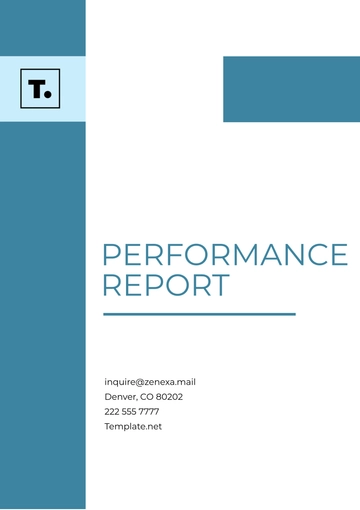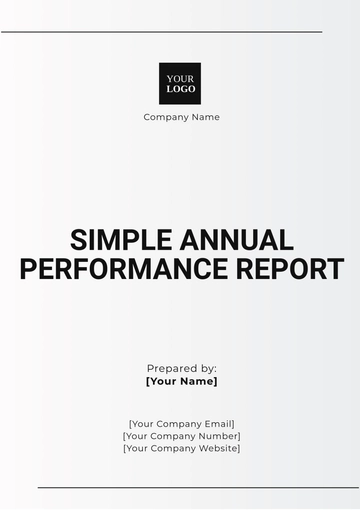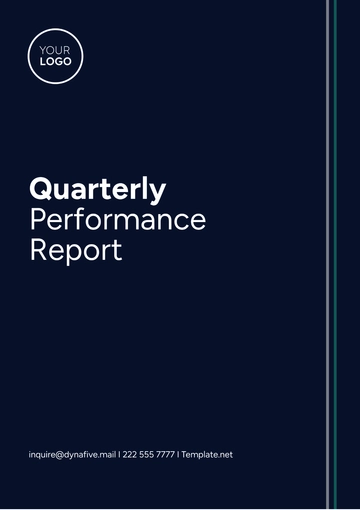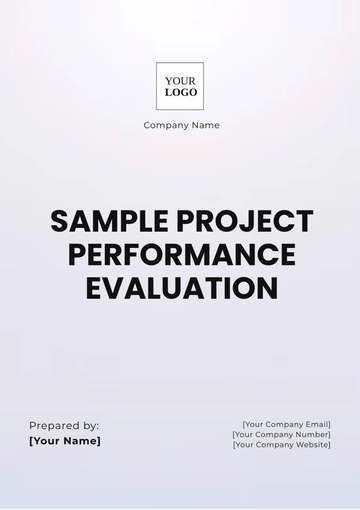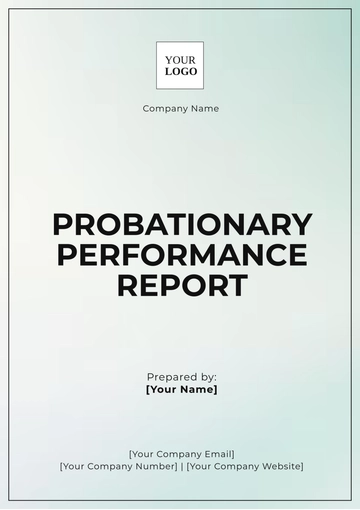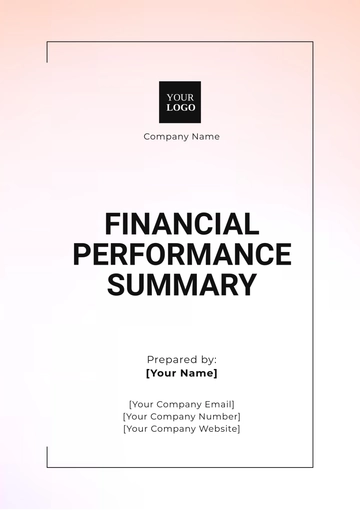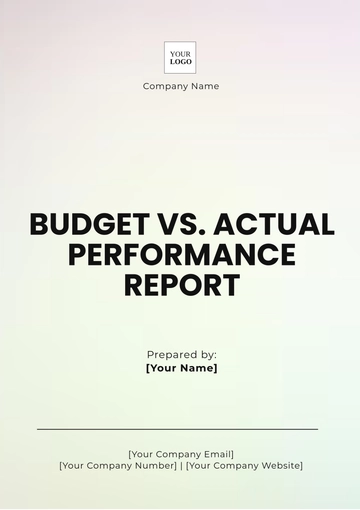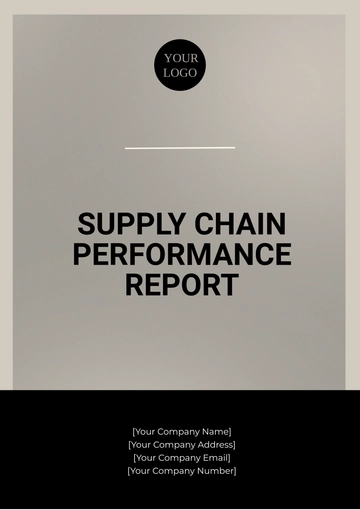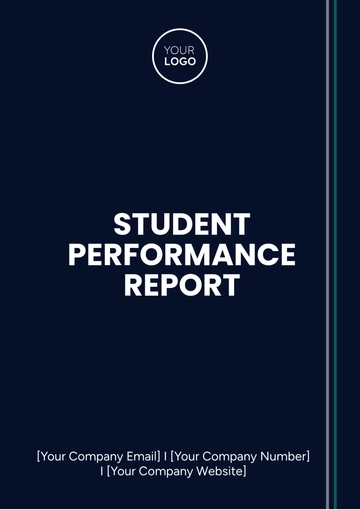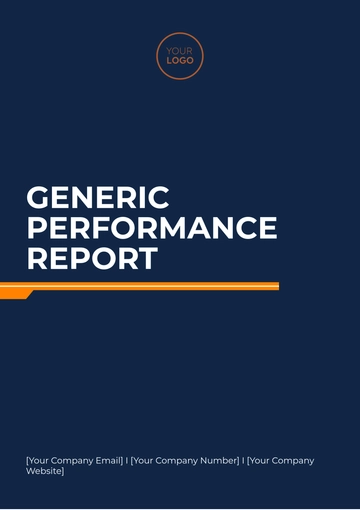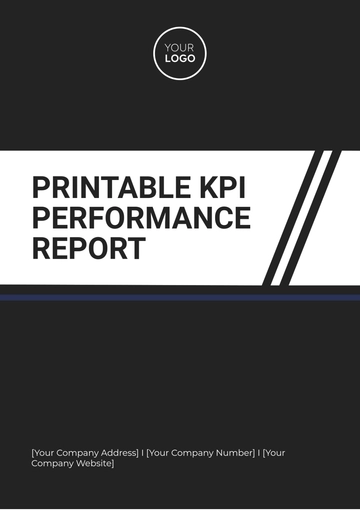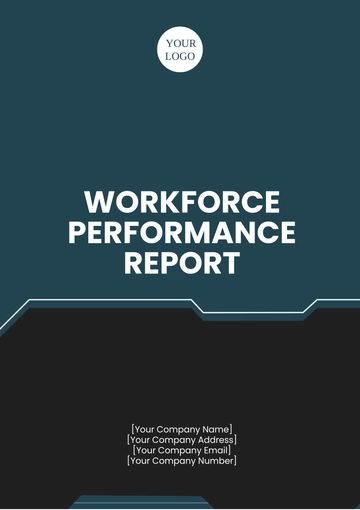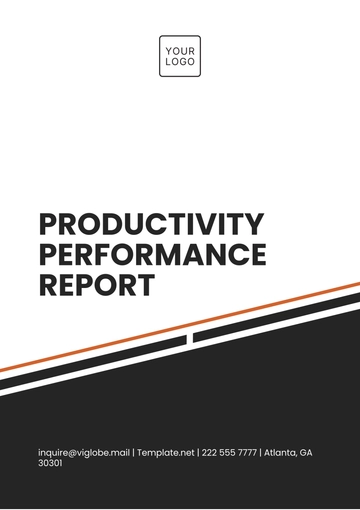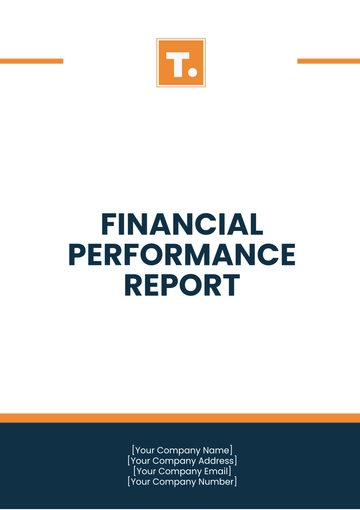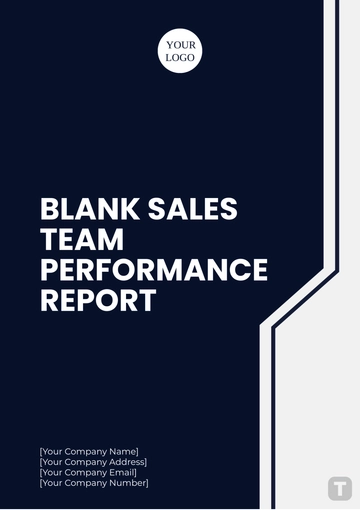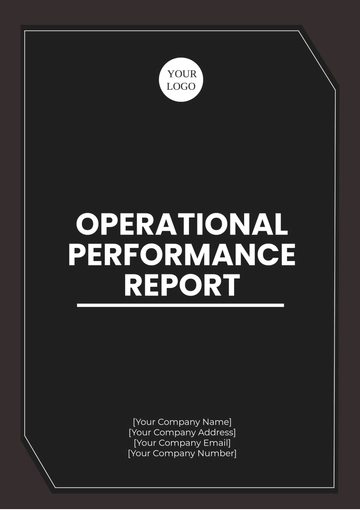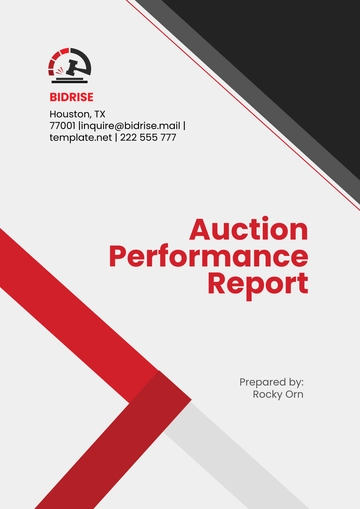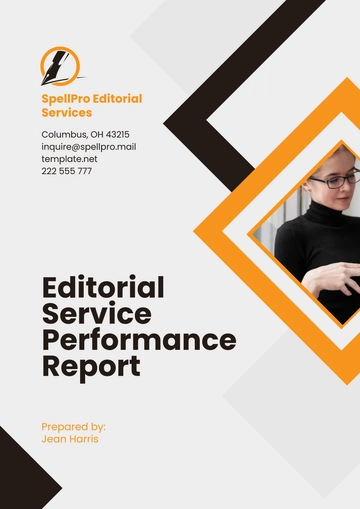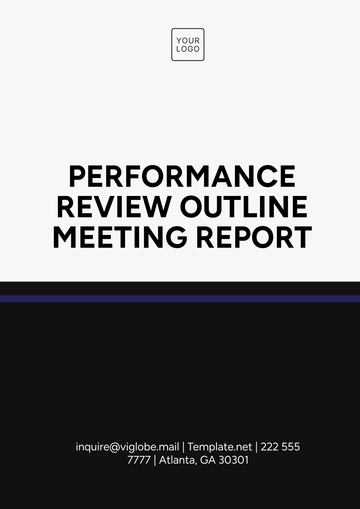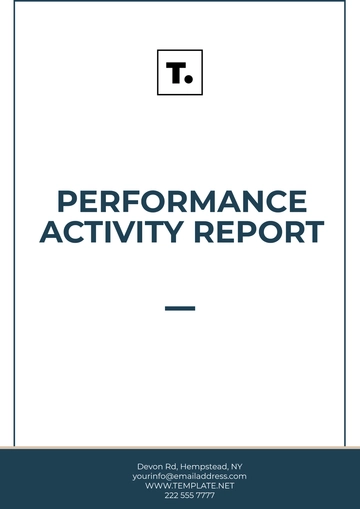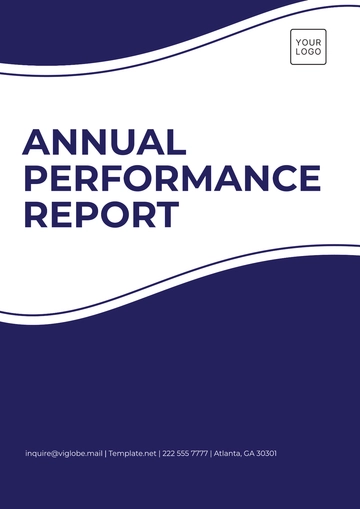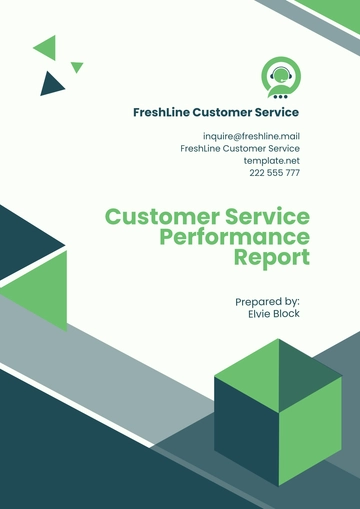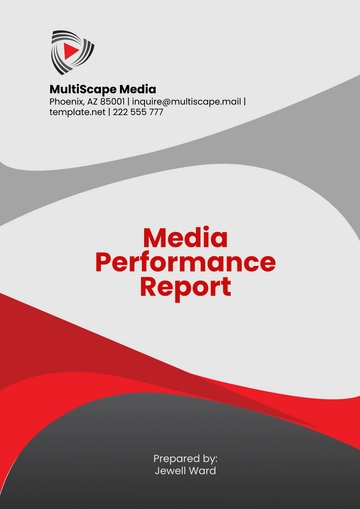Free Nursing Home Financial Performance Report
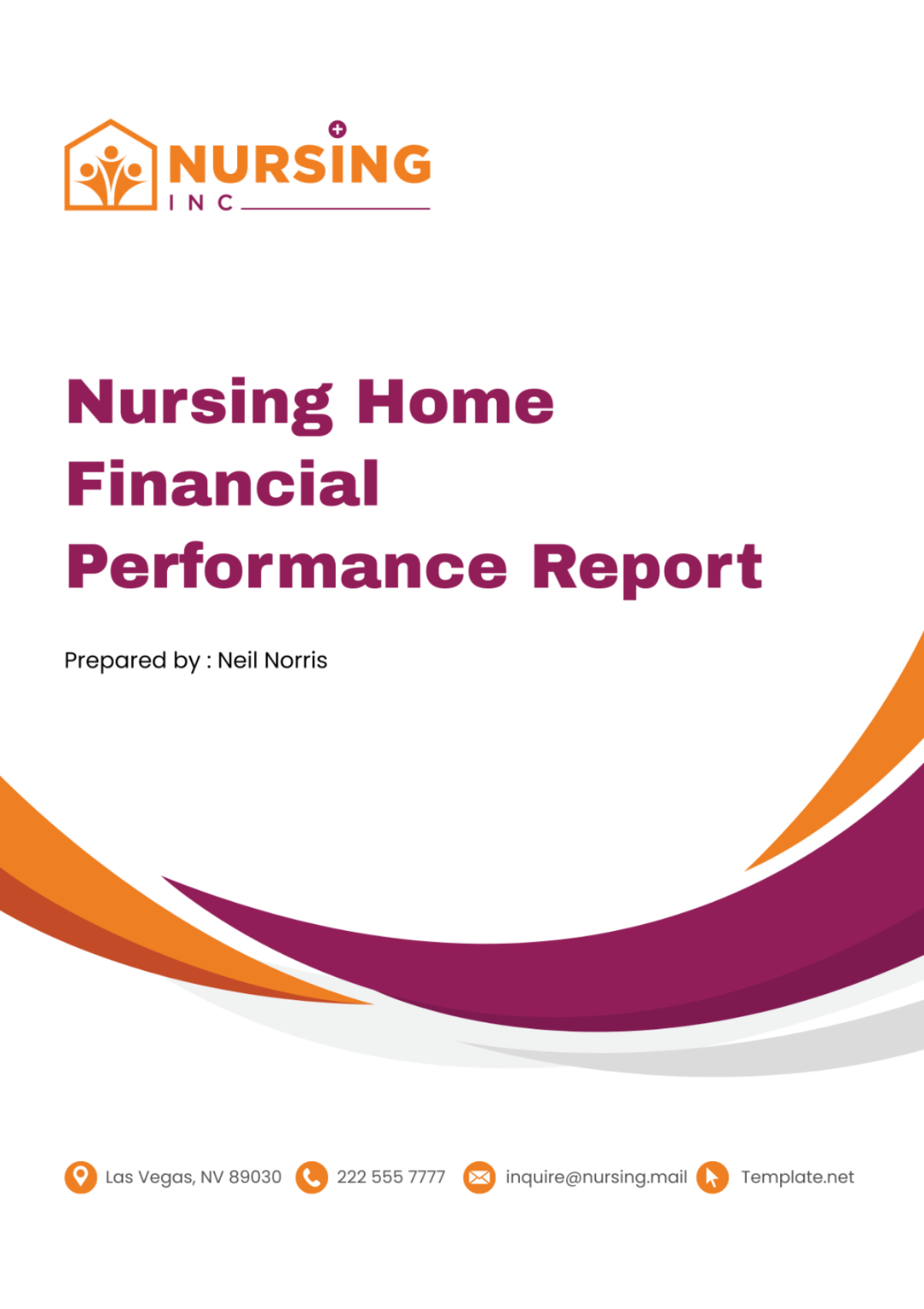
I. Executive Summary
This report provides a comprehensive analysis of the financial performance of [Your Company Name], a leading nursing home facility, for the fiscal year ending [20xx]. The analysis encompasses a detailed review of our revenue streams, expenses, net income, and financial positioning relative to industry benchmarks. Despite a challenging economic environment, [Your Company Name] has managed to achieve a stable financial performance through strategic cost management and revenue enhancement initiatives. Key highlights include a 5% growth in revenue year-over-year and a significant reduction in operational costs by 7% through efficiency improvements. This executive summary encapsulates our financial strengths, areas for improvement, and strategic recommendations for sustained financial health and growth.
II. Introduction
Purpose of the Report
The purpose of this financial performance report is to provide stakeholders of [Your Company Name] with an in-depth analysis of the company's financial health over the past fiscal year, identify trends affecting our industry, and outline strategic recommendations for future financial planning.
Scope of the Financial Analysis
The analysis covers all financial activities from the fiscal year [20xx], including income, expenses, assets, liabilities, and cash flows. It compares these figures against the previous year to identify trends and areas of improvement.
Methodology Used for Financial Evaluation
The financial evaluation is based on the review of annual financial statements, comparison with industry benchmarks, and analysis of financial ratios. This methodology ensures a comprehensive understanding of [Your Company Name]'s financial performance and its position in the nursing home industry.
Industry Overview
The nursing home industry has faced numerous challenges in the past year, including rising operational costs and regulatory changes. However, the demand for nursing home services continues to grow due to an aging population. Industry benchmarks indicate a 4% growth in revenue across the sector, with an average net profit margin of 3.5%.
III. Financial Statement Analysis
Summary of Financial Statements
Financial Statement | FY [20xx] | FY [20xx] | Change (%) |
|---|---|---|---|
Total Revenue | $10M | $9.5M | +5.3% |
Total Expenses | $8M | $8.6M | -7.0% |
Net Income | $2M | $0.9M | +122.2% |
Income Statement Review
Item | Amount (USD) |
|---|---|
Total Revenue | $10,000,000 |
Cost of Services | -$6,000,000 |
Gross Profit | $4,000,000 |
Operating Expenses | -$1,800,000 |
- Administrative Expenses | -$500,000 |
- Staffing Expenses | -$1,000,000 |
- Utilities and Maintenance | -$300,000 |
Operating Income | $2,200,000 |
Interest Expense | -$200,000 |
Net Income Before Taxes | $2,000,000 |
Taxes (19%) | -$380,000 |
Net Income | $1,620,000 |
In FY [20xx], [Your Company Name] experienced a 5.3% increase in total revenue, primarily due to an enhanced revenue management strategy that improved billing efficiency and increased occupancy rates. The total expenses decreased by 7% through cost-saving measures in staffing and operations, leading to a net income increase of 122.2%.
Balance Sheet Review
Assets | Amount (USD) |
|---|---|
Current Assets | |
- Cash | $1,240,000 |
- Accounts Receivable | $800,000 |
- Inventory | $200,000 |
- Prepaid Expenses | $50,000 |
Total Current Assets | $2,290,000 |
Non-Current Assets | |
- Property, Plant, & Equipment | $13,000,000 |
- Less: Accumulated Depreciation | -$3,000,000 |
- Long-term Investments | $2,000,000 |
Total Non-Current Assets | $12,000,000 |
Total Assets | $14,290,000 |
Liabilities and Equity | |
Current Liabilities | |
- Accounts Payable | $600,000 |
- Short-term Loans | $200,000 |
- Accrued Liabilities | $150,000 |
Total Current Liabilities | $950,000 |
Long-Term Liabilities | |
- Long-term Debt | $3,000,000 |
Total Liabilities | $3,950,000 |
Equity | |
- Common Stock | $6,000,000 |
- Retained Earnings | $4,340,000 |
Total Equity | $10,340,000 |
Total Liabilities and Equity | $14,290,000 |
The total assets of [Your Company Name] grew by 4% to $14M, with significant improvements in property and equipment investments. Liabilities saw a reduction of 5%, closing at $4M due to diligent debt management strategies.
Cash Flow Statement Review
Activity | Amount (USD) |
|---|---|
Operating Activities | |
- Net Income | $1,620,000 |
- Adjustments to Reconcile Net Income | |
- Depreciation & Amortization | $1,000,000 |
- Changes in Working Capital | -$50,000 |
Net Cash Provided by Operating Activities | $2,570,000 |
Investing Activities | |
- Purchase of Property and Equipment | -$800,000 |
- Investments in Long-term Assets | -$500,000 |
Net Cash Used in Investing Activities | -$1,300,000 |
Financing Activities | |
- Proceeds from Issuance of Long-term Debt | $500,000 |
- Dividends Paid | -$200,000 |
Net Cash Provided by (Used in) Financing Activities | $300,000 |
Net Increase in Cash | $1,570,000 |
Cash at the Beginning of the Period | -$330,000 |
Cash at the End of the Period | $1,240,000 |
The cash flow from operating activities increased to $3M, reflecting the improved net income. Investing activities accounted for a $1M outflow, directed toward facility upgrades. Financing activities showed a net outflow of $0.5M, primarily due to debt repayments.
IV. Key Financial Ratios Analysis
Ratio | FY [20xx] | FY [20xx] | Industry Avg. |
|---|---|---|---|
Net Profit Margin | 20% | 9.5% | 3.5% |
Current Ratio | 2.5 | 2.0 | 1.8 |
Debt to Equity Ratio | 0.27 | 0.33 | 0.5 |
The analysis of key financial ratios is crucial for assessing the financial health and performance of [Your Company Name]. These ratios provide insights into profitability, liquidity, and solvency, offering a comprehensive view of how effectively the nursing home is managing its resources to achieve financial stability and growth. Below, we delve into the significance of each ratio analyzed for FY [20xx] and compare our figures against industry averages to benchmark our performance.
Profitability Ratios
Net Profit Margin: At 20% for FY [20xx], this ratio significantly exceeds the industry average of 3.5%, indicating [Your Company Name]'s strong ability to convert revenue into actual profit. This impressive margin is a testament to our effective cost-control measures and efficient operations.
Return on Assets (ROA): This ratio measures how effectively the company is using its assets to generate profit. For [Your Company Name], an ROA of 13% compares favorably with the industry average of 6%, showcasing our efficient use of assets in operations.
Liquidity Ratios
Current Ratio: With a ratio of 2.5, [Your Company Name] demonstrates a strong liquidity position, ensuring that we can meet short-term obligations without financial strain. This ratio is well above the industry average of 1.8, reflecting our solid financial resilience.
Quick Ratio: Also known as the acid-test ratio, our quick ratio stands at 1.8, significantly above the industry benchmark. This underscores our ability to cover immediate liabilities without relying on the sale of inventory, highlighting our liquidity strength.
Solvency Ratios
Debt to Equity Ratio: At 0.27, this ratio is well below the industry average of 0.5, indicating a healthy balance between debt and equity in our financing structure. This conservative debt management approach positions us well for sustainable growth and stability.
Interest Coverage Ratio: Our interest coverage ratio of 8 times suggests that [Your Company Name] comfortably covers its interest obligations, which is a strong indicator of financial health and a lower risk of financial distress.
Analysis and Interpretation
The analysis of these key financial ratios for FY [20xx] reveals [Your Company Name]'s robust financial performance and sound management practices. Our profitability ratios highlight exceptional efficiency in revenue generation and cost management. Liquidity ratios indicate a strong position to cover short-term liabilities, ensuring operational stability. Lastly, our solvency ratios demonstrate prudent financial management and a strong equity base, reducing financial risks and enhancing investor confidence.
Compared to industry averages, [Your Company Name] stands out in every key financial metric, reflecting our competitive advantage and leadership in the nursing home sector. These financial strengths not only contribute to our current financial health but also lay a solid foundation for future growth and investment.
Moving forward, it will be important to maintain these strong financial ratios while exploring opportunities for further improvement. Continuous monitoring and strategic financial planning will ensure that [Your Company Name] remains financially healthy and continues to provide excellent care and services to our residents.
V. Budgeting and Financial Planning
[Your Company Name] employs a meticulous approach to budgeting and financial planning to ensure sustainability and growth. For FY [20xx], the focus was on aligning the budget with strategic priorities, such as enhancing resident care, improving facility infrastructure, and investing in staff development. The budget was structured to accommodate shifts in operational demands, with contingency funds allocated to address unforeseen expenses. The variance analysis indicated effective budget management, with notable savings realized through strategic procurement and energy efficiency initiatives. Going forward, the financial plan includes allocating a portion of the surplus towards technological advancements to further improve care delivery and operational efficiency.
VI. Cost Control and Management
Effective cost control and management have been pivotal in improving [Your Company Name]'s financial performance. A cross-departmental review identified key areas where efficiencies could be gained without compromising the quality of care. These included:
Implementing an energy-saving program, leading to a 10% reduction in utility costs.
Streamlining supply chain processes, achieving a 5% reduction in medical supply expenses.
Enhancing staff scheduling practices to optimize labor costs while ensuring adequate staffing levels to meet resident care needs.
Additionally, regular financial audits were conducted to identify and rectify any inefficiencies, contributing to an overall reduction in operational expenses.
VII. Revenue Management
The revenue management strategy at [Your Company Name] focused on diversifying income sources and improving the payer mix. Efforts were intensified to attract more private-pay residents, given their higher revenue potential compared to government-funded residents. This involved:
Enhancing marketing efforts to highlight the quality of care and unique services offered.
Introducing tiered pricing models for various levels of care and accommodation types.
Streamlining the admissions process to improve the resident experience and reduce barriers to entry.
These initiatives led to a significant improvement in the occupancy rate and an increase in the average revenue per resident.
VIII. Investment and Funding
Investments during FY [20xx] were carefully selected to support [Your Company Name]'s long-term strategic goals. Key investments included:
Upgrading the resident management system to improve operational efficiency and resident satisfaction.
Renovating resident rooms and common areas to enhance the living environment and attract more residents.
Implementing a state-of-the-art security system to ensure resident safety.
Funding for these investments was strategically sourced from a combination of operational savings, low-interest financing options, and government grants for healthcare infrastructure improvement.
IX. Risk Management
Risk management at [Your Company Name] is a continuous process, with a focus on identifying, assessing, and mitigating financial and operational risks. Key measures implemented include:
Regularly reviewing and updating insurance coverages to ensure adequate protection against property, liability, and business interruption risks.
Establishing a reserve fund to cushion against fluctuations in cash flow.
Diversifying investment portfolios to minimize exposure to market volatility.
Ongoing training for staff on risk awareness and mitigation strategies further strengthens our approach to managing risks.
X. Conclusions and Recommendations
The financial year [20xx] was a period of significant achievement for [Your Company Name], marked by strong financial performance, effective cost management, and strategic investments that set the foundation for future growth. To build on this momentum, it is recommended to:
Continue refining the revenue management strategy to further improve the payer mix and increase revenue.
Explore additional opportunities for cost savings, particularly in areas of energy use and procurement.
Proceed with planned investments in technology and facility upgrades to enhance operational efficiency and resident satisfaction.
Strengthen risk management practices by regularly reviewing risk assessments and mitigation strategies.
Implementing these recommendations will ensure that [Your Company Name] remains financially robust and continues to provide high-quality care to its residents.
- 100% Customizable, free editor
- Access 1 Million+ Templates, photo’s & graphics
- Download or share as a template
- Click and replace photos, graphics, text, backgrounds
- Resize, crop, AI write & more
- Access advanced editor
Elevate financial oversight with Template.net's Nursing Home Financial Performance Report Template. Expertly crafted for comprehensive analysis, this template is fully customizable and editable via our Ai Editor Tool. Track and assess financial health, identifying opportunities for improvement and growth. An indispensable tool for transparent and strategic financial management, exclusively available at Template.net.
You may also like
- Sales Report
- Daily Report
- Project Report
- Business Report
- Weekly Report
- Incident Report
- Annual Report
- Report Layout
- Report Design
- Progress Report
- Marketing Report
- Company Report
- Monthly Report
- Audit Report
- Status Report
- School Report
- Reports Hr
- Management Report
- Project Status Report
- Handover Report
- Health And Safety Report
- Restaurant Report
- Construction Report
- Research Report
- Evaluation Report
- Investigation Report
- Employee Report
- Advertising Report
- Weekly Status Report
- Project Management Report
- Finance Report
- Service Report
- Technical Report
- Meeting Report
- Quarterly Report
- Inspection Report
- Medical Report
- Test Report
- Summary Report
- Inventory Report
- Valuation Report
- Operations Report
- Payroll Report
- Training Report
- Job Report
- Case Report
- Performance Report
- Board Report
- Internal Audit Report
- Student Report
- Monthly Management Report
- Small Business Report
- Accident Report
- Call Center Report
- Activity Report
- IT and Software Report
- Internship Report
- Visit Report
- Product Report
- Book Report
- Property Report
- Recruitment Report
- University Report
- Event Report
- SEO Report
- Conference Report
- Narrative Report
- Nursing Home Report
- Preschool Report
- Call Report
- Customer Report
- Employee Incident Report
- Accomplishment Report
- Social Media Report
- Work From Home Report
- Security Report
- Damage Report
- Quality Report
- Internal Report
- Nurse Report
- Real Estate Report
- Hotel Report
- Equipment Report
- Credit Report
- Field Report
- Non Profit Report
- Maintenance Report
- News Report
- Survey Report
- Executive Report
- Law Firm Report
- Advertising Agency Report
- Interior Design Report
- Travel Agency Report
- Stock Report
- Salon Report
- Bug Report
- Workplace Report
- Action Report
- Investor Report
- Cleaning Services Report
- Consulting Report
- Freelancer Report
- Site Visit Report
- Trip Report
- Classroom Observation Report
- Vehicle Report
- Final Report
- Software Report
